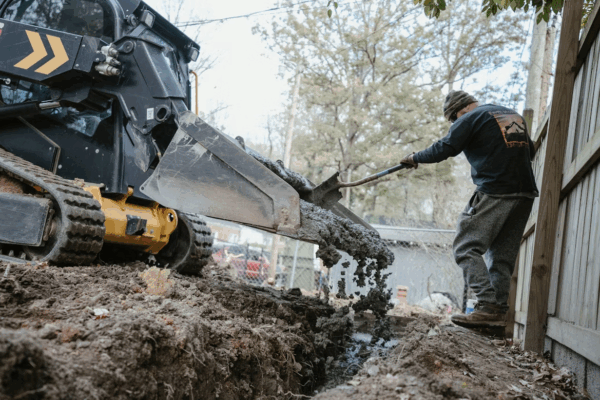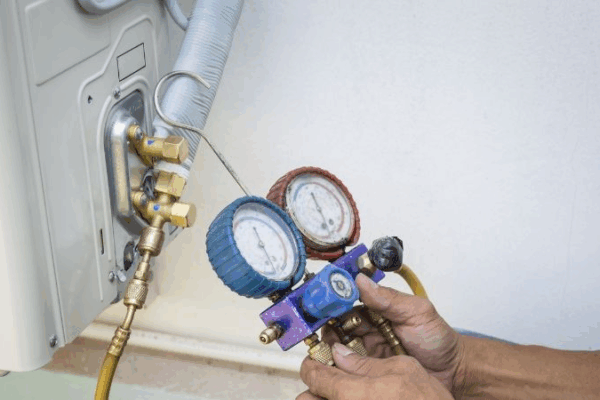Manufacturing industries are always looking for ways to improve productivity while ensuring safety and precision. One technology that has become essential in modern production lines is the vacuum manipulator. This tool is designed to lift, move, and position heavy or delicate objects using suction power. By integrating a vacuum manipulator into a manufacturing process, companies can achieve faster operations, reduce labor strain, and maintain high-quality standards.
Understanding the Vacuum Manipulator
A vacuum manipulator is a mechanical device that uses a vacuum system to handle objects without direct physical contact. It is commonly used for lifting glass sheets, metal panels, wood boards, and other materials that are either heavy or fragile. The device creates suction through specialized pads, gripping the surface of the item securely. Operators can then move and position objects with minimal effort, ensuring both speed and safety.
Enhancing Workplace Safety
One of the main advantages of a vacuum manipulator is the improvement of workplace safety. Lifting heavy objects manually can lead to strain injuries and accidents. The vacuum manipulator reduces the need for manual lifting, allowing operators to handle large or awkward items safely. It also helps in preventing product damage since the device provides controlled and stable movement. In industries where safety and precision are critical, a vacuum manipulator is an invaluable tool.
Increasing Efficiency in Production Lines
Efficiency is a major factor in any manufacturing process. By using a vacuum manipulator, workers can perform lifting and positioning tasks more quickly and accurately. The device minimizes downtime caused by manual handling or adjustments. For example, in a production line where large glass sheets need to be installed or assembled, a vacuum manipulator can handle multiple pieces in a fraction of the time it would take manually. This speed directly translates into higher output and smoother operations.
Reducing Labor Costs and Fatigue
Another benefit of using a vacuum manipulator is the reduction in labor costs and physical fatigue. Handling heavy items manually often requires multiple workers and can lead to exhaustion over time. With a vacuum manipulator, fewer employees are needed to perform the same tasks, and operators experience less physical strain. This not only improves employee satisfaction but also allows workers to focus on more skilled or technical aspects of the production process.
Maintaining Precision and Quality
Precision is essential in manufacturing, especially when working with delicate or high-value materials. A vacuum manipulator provides controlled movement and accurate placement, reducing the risk of errors or damage. This ensures that products meet quality standards consistently. In industries such as automotive, electronics, or glass manufacturing, maintaining precision during handling is crucial, and a vacuum manipulator helps achieve that goal efficiently.
Versatility Across Industries
Vacuum manipulators are highly versatile and can be adapted to different materials and production environments. They are used in industries such as construction, automotive, furniture manufacturing, and logistics. The ability to lift various sizes and types of objects makes them a flexible solution for diverse manufacturing needs. Companies can easily integrate vacuum manipulators into existing production lines to enhance efficiency without major adjustments.
Conclusion
Incorporating a vacuum manipulator into manufacturing processes offers numerous benefits, including improved safety, increased efficiency, reduced labor costs, and enhanced precision. By minimizing manual handling, companies can streamline operations and achieve higher productivity. As industries continue to adopt automation and innovative technologies, the vacuum manipulator remains a vital tool for modern manufacturing, ensuring that production processes are faster, safer, and more reliable.






